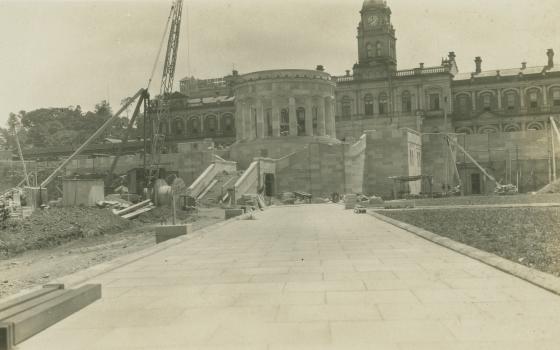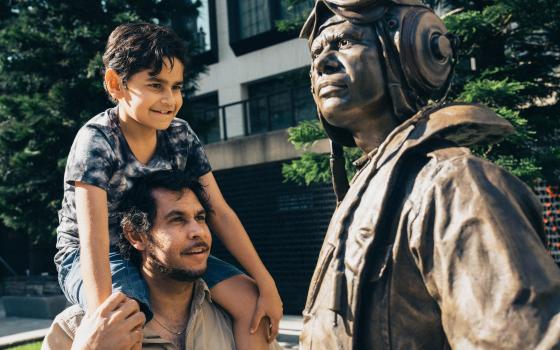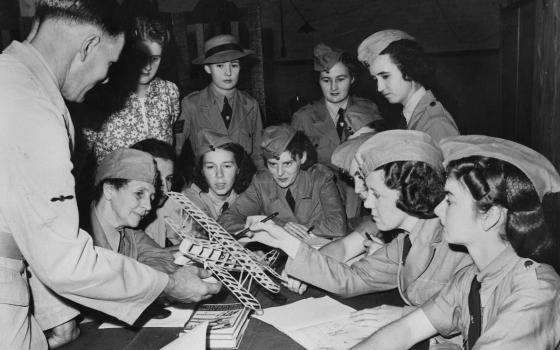- Home
- History
/
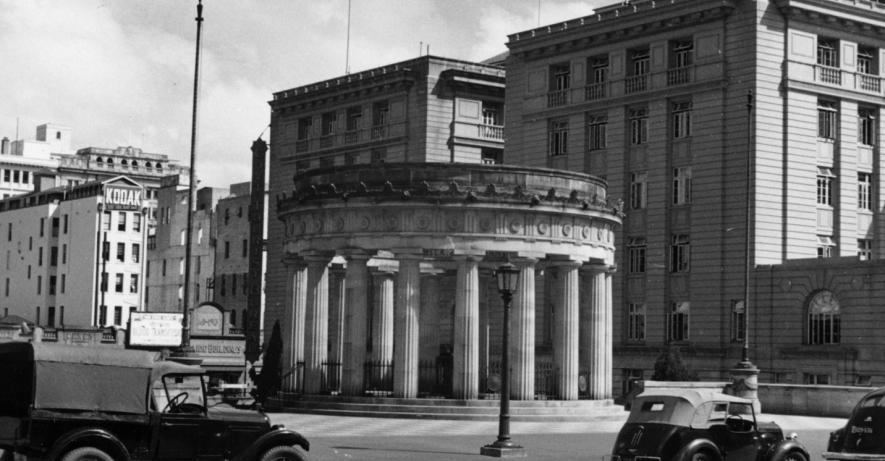
History
Originally envisaged as a World War I memorial, Anzac Square now commemorates all Australian conflicts and service.
Anzac Square, Queensland’s preeminent war memorial located in the heart of Brisbane, was borne from a grieving society, which had given and lost so much during the First World War. Originally envisaged as solely a WWI memorial, Anzac Square now serves as a memorial for all conflicts and peacekeeping from the Boer War to present and is an important gathering place to commemorate significant events, including Anzac Day and Remembrance Day.
The committee
The idea for a large memorial park and monument in the centre of Brisbane commemorating those who had fought and died in the Great War was first raised in 1916, following the disastrous Gallipoli campaign. In 1920, the Queensland National Anzac Memorial Executive Committee (QNAMEC) was formed to oversee the design and creation of Queensland’s state memorial.
The committee proposed the use of the whole city block bound by Ann, Edward, Adelaide and Creek streets but as negotiations with federal, state and local governments continued throughout the early 1920s, a smaller site was determined.
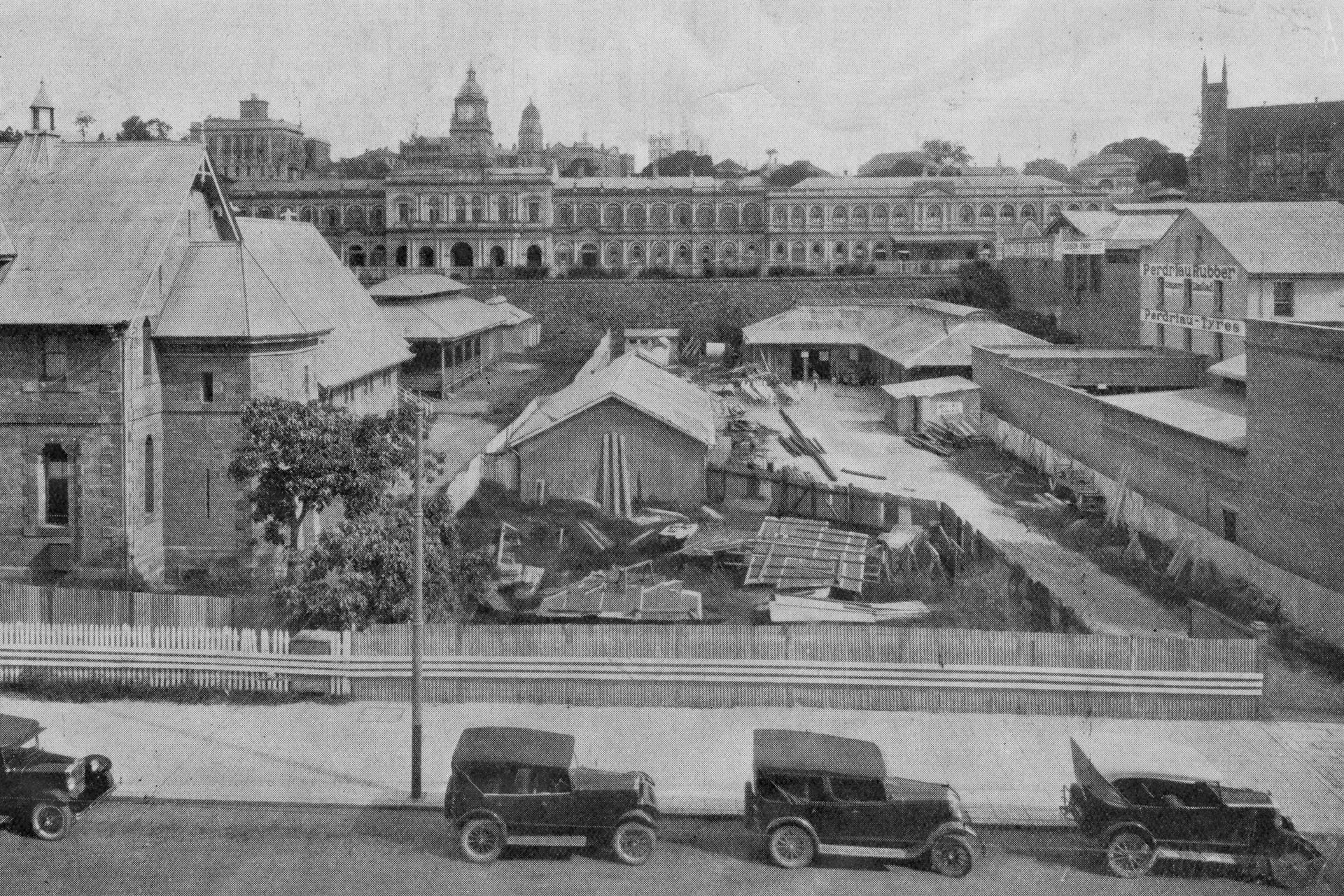
Location
By 1926, the location of Anzac Square, 1.2 acres between Ann and Adelaide Street, was tentatively agreed upon by the state and federal government. The site occupied the traditional lands of Turrbal and Yugara Nations and from 1860 had been the location for Brisbane’s first state-run non-denominational national school.
It had also subsequently become the main recruiting depot for the enlistment of soldiers during WWI.
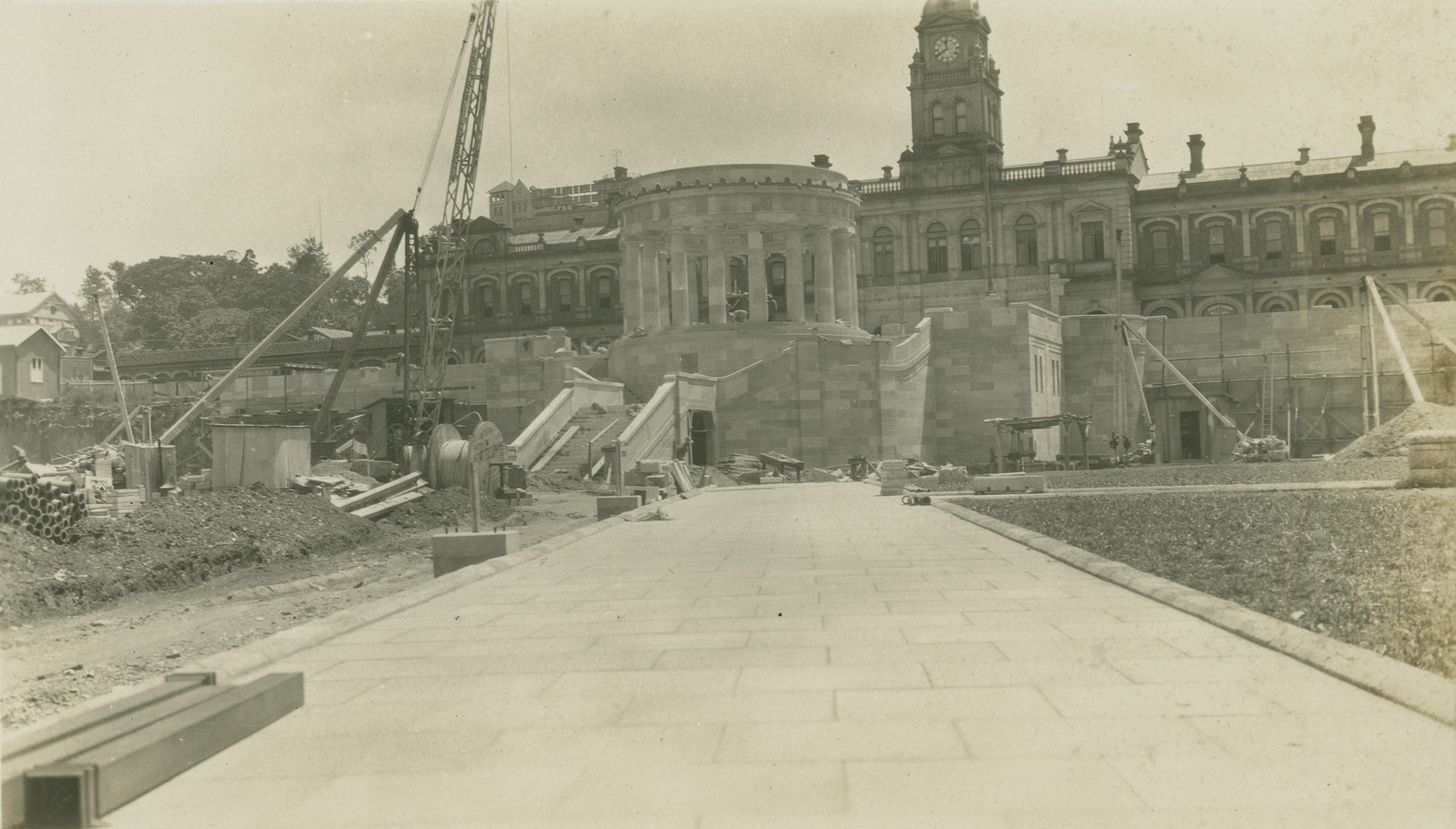
Construction
In June 1927, William Jolly, the Mayor of Brisbane and chairman of QNAMEC launched a public appeal for subscriptions to fund the memorial. The following year an architectural competition for the design of the memorial was held, with the stipulation that the cost of its creation could not exceed £10,000. More than 50 entries were submitted and the £100 first prize was awarded to Sydney architects Stafford Harman Buchanan and Frederick Mountford Cowper.
In October of that year, the state and federal governments signed a formal agreement to grant the land for Anzac Square, while also agreeing to erect complementary buildings on either side of the memorial.
Construction by F.J. Corbett and Sons occurred between 1929 and 1930, under the supervision of Alfred H, Foster, the City Architect. The original aim was for the site to be completed by Anzac Day 1930. However, construction proceeded slower than initially anticipated.
Work on the site was also briefly halted in July 1929 following the death of a worker who was struck in the stomach by a steam plow being used to excavate the site. In January 1930, Lord Mayor Jolly admitted that the memorial was unlikely to be completed in time for Anzac Day commemorations.
Unveiling
The first event was held at Anzac Square on 24 May 1930, when a bronze commemorative tablet was unveiled by the Governor Sir John Goodwin and was attended by around 1000 people, including returned soldiers. At this stage Anzac Square was only partially completed, with construction continuing until late October that year.
At its completion Anzac Square cost a total of £19,000, more expensive than initially planned. The Sunday Mail declared Anzac Square “a Reminder in Stone and Marble” and “equal to any in the southern hemisphere” (Sunday Mail, 9 Nov 1930, pg. 20).
Following his address, Sir Goodwin lit the Eternal Flame, the first of its type in Australia. The service was attended by thousands of civilians, service personnel and officials who filled the parklands well before commemorations began at 10:30am. The dedication of Anzac Square reflected 14 years of lobbying and hard work by the Anzac Memorial Committee and everyday Queenslanders. The Memorial itself had been funded by individual donations from ordinary people, who were themselves facing difficult times in the years between WWI and the Great Depression.

Evolution
In 1933, the Square was declared a reserve for park purposes, and then in October 1992 the building was listed in the Queensland Heritage Register. During the 1960’s and 70’s, there were various proposals made to alter the Square as part of the redevelopment of property on the opposite side of Adelaide Street. These plans were met with community outrage and following a protracted public debate a revised plan involving limited encroachment on Anzac Square was agreed upon.
In the years following the dedication of Anzac Square it has become a repository for statues and memorials for other conflicts. This includes the Women’s Memorial in 1932, Boer War Memorial Statue in 1939, statues laid in the 1980’s and 90’s for the Southwest Pacific Campaign (WWII), World War II, Korea, Malaya and Borneo and the Vietnam War, with an Indigenous Memorial Statue unveiled in May 2022.
To enhance the Square’s role as a place for ceremonial gatherings, education and reflection, TKD Architects and Tract Landscape Architects prepared a masterplan guiding the project. The Anzac Square restoration and enhancement project was undertaken in four stages, with the final Stage 4 works completed by Kane Constructions in August 2019. The project was a joint initiative between the Queensland Government, Anzac Centenary Public Fund and Brisbane City Council. The resulting redevelopment was awarded the Brisbane Stage 2 - National Trust of Australian QLD, Adaptive Re-Use Gold Award and Brisbane City Council - Premier’s Sustainability Awards, Queensland Government Sustainable Heritage Award.
Anzac Square has become part of the cultural landscape of Brisbane and continues to attract visitors seeking to pay their respects and learn more about Queensland’s diverse and unique military past.
